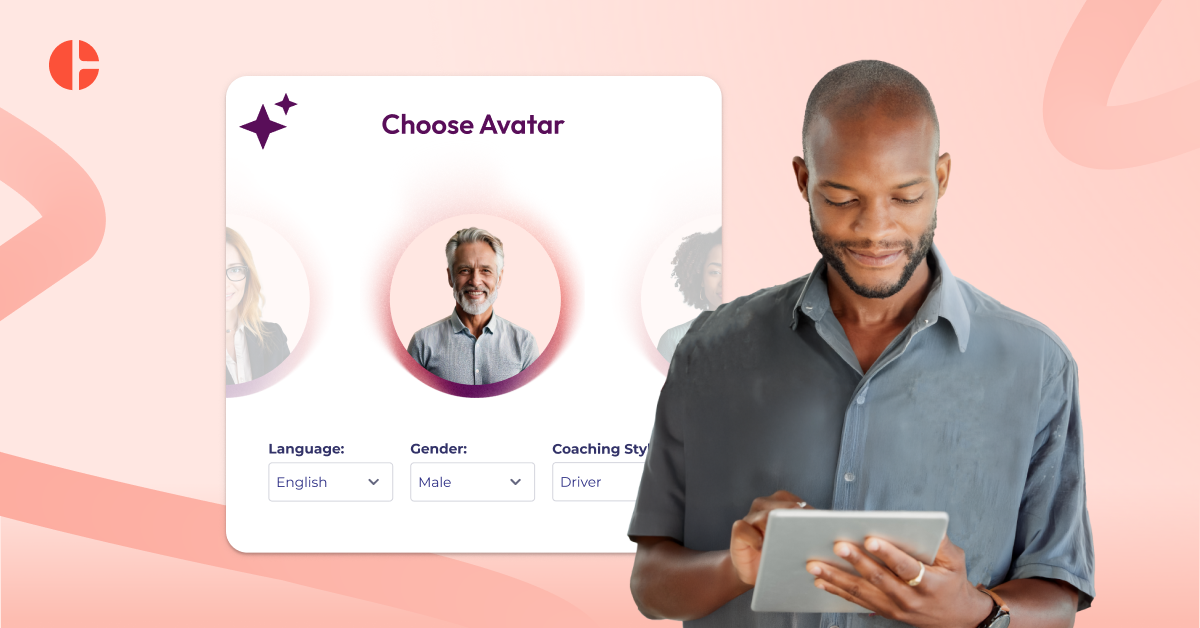How Do You Define Digital Culture?

Digitalization has become one of the pervasive cultural influences due to the introduction of the internet. The internet is among the mass forms of communication that supports different devices for simplicity and convenience. Digital culture, also known as cyberculture, internet culture, or e-culture, goes beyond using mere digital tools.Digital technologies are now popular across the world, making digital culture study an everyday activity. Note that it is not limited to modern communication or internet technologies (corporate social network, CRM and applications).
Understanding digital culture
Digital culture can be termed as the mother of any organization's digital transformation. Forcing your company to use new and improved digital tools for performance management on employees is counterproductive. The first step to succeed in your company is to educate your team on digitalization.To come up with a strong digital culture, discussing and communicating the arising challenges of transformation need to be open to every employee without resistance. Also, it is important to encourage the recruitment of young talent from one generation to another.For example, start-up companies are struggling to make themselves known using a sophisticated online presence. They offer competitive prices on their products, e-commerce site, and services. These digital companies used meticulous digital marketing and digital communication to redistribute their cards.The only way to survive in these competitive markets is to develop a strong innovation management culture. In addition, leaders and employees need to be on the same page to learn how digital transformation works and affects the workplace.There are many digital technologies to learn to facilitate your daily life activities, from inventory and purchasing technologies, social networks, online commerce, and cloud to crowdsourcing.
Steps to avoid culture barriers in the workplace
How can you get your culture and management trends in line with your company's digital strategies? Different cultural elements have been studied to come up with some ways to overcome digital barriers.
Removing silos
According to the manager of a certain media company, what the innovation committee comes up with is not close to what customers need. Lack of collaboration and interaction is a common refrain in most organizations.Therefore, in a liberated company, such silos are removed between reporting lines, functional lines, and departments. Instead, these companies will create a non-hierarchical (holacracy) and self-organized functional teams that are empowered to do projects from beginning to end.Successful digital companies have created “squad” teams that are flexibly deployed across the company and focused on the customer’s journey instead of being locked in one function or department. The team is built with less than 100 members to ensure equivalent responsibility of a more agile project management model than a multi-tier and global organization.
The top support
It is now clear that any digital transformation in any organization requires an active CEO’s support in every step of the journey. The top-down support needs to be beyond the seniors, including the chief executive. The first step is to put the chief digital officer responsible for all digital agendas.A true changing digital culture needs the support for the digital transformation to flow from the top management, whether decentralized or matrix management, to all frontline employees. Therefore, the whole company pyramid is changed toward digital reinvention and technology.Additionally, corporate leaders must have a strong vision of every digital experience and opportunity presented in the company’s digital arena to get credibility with employees. Most companies got this right and eliminated the middle-management layer that makes shifting from command to control leadership easy. The leadership style adopted by the organization will facilitate different strategies and directions set by senior leaders on diversity management.
Breaking through risks
One of the toughest risks in the digital world is not taking risks. Most companies that stand still during transformation phases are mostly affected by digital disruptions. For example, managing remote employees might seem unproductive for now but remote management is a risk worth taking to reduce unnecessary costs on transport.However, taking organizational risks doesn’t mean that you should go with any risk. The deciding factor on the amount of risk to take is the investment size at stake. Leaders need to pause on untested strategies when making investment risks. However, smaller bets at mid-level marketing executives and sales that affect prices or product mix can be worth risking.Digital opens different doors to run multiple small-scale experiments with limited costs if it fails but can generate high valuable discoveries if all goes well. Transforming your company into a digital age will be hard without the right digital culture and with toxic managers. Developing and sustaining a business culture that can embrace digital elements is the approach that has helped many organizations to be ahead of the competition.
Process of developing a strong digital culture
Clear digital strategy identification
It is vital to assess your company of its digital maturity before starting any digital reinvention. What are the weaknesses and strengths of your company? What service or product needs transformation? These overviews are essential to define your budget for the entire transformation project and set clear transformation objectives.It will be easy to adopt frugal innovation due to introducing new strategies and services and replacing existing systems. Define your financial investment from the start, whether you are replacing old systems or installing new digital services.
Manager Involvement
A cultural change initiated by the management is embodied by the same management. During digital culture change, the manager needs to be convinced first of all by the transformation project. Thereafter, the manager will convince all employees of the contributions and impacts of the digital transformation.Neuromanagement mindset will explore the managerial abilities, reluctance, worrier, and fear of transformation to solve any organizational cultural challenges. Managers need to start a digital literacy initiative to work closely with all members and respond to any concerns and questions regarding digital culture transformation. Also, digital culture jobs should be made available for application so as to get real talent in different departmental transformations.
Careful customer experience
It is possible to identify your audience’s behaviors through predictive analytics and big data. Many organizations take time to analyze the data presented and set up a new concept. Digital technology tends to evolve quickly, hence the importance of diversity and inclusion and improvement of transformation strategies.
Characteristics of digital culture
Learning digital culture will take you beyond all possible digital tools. Digital culture enables the integration of computational systems and media programing with everyday physical experience.Digital culture offers workplace diversity by outfitting employees and leaders with tangible skills to transform the working environment and leadership. Diversity in the workplace will bring about empowerment like female leadership to embrace more digitalization.Your employees will be equipped with the critical thinking skills necessary to understand consumers better and the impacts of technological change.
Types of digital culture
The core component for having a digital sound strategy is working digital culture. However, how do you assess and measure your organization’s digital culture? One of the tools used in defining corporate culture is the Organizational Culture Assessment Instrument (OCAI).There are four types of digital culture in a company: market, adhocracy, clan, and hierarchy. These cultures will provide a specific characteristic of digital culture present in your organization considering the HR trends.Start by identifying the archetype of digital culture that describes your organization before approaching digital transformation. Also, learn how to identify obstacles that hinder digital reinvention and develop processes to overcome them.CoachHub offers digital learning support. The digital solutions offered by CoachHub help your senior leaders and employees work toward greater performance in all projects. Your employees will be trained to initiate and lead change and work with digital on a 100% coaching platform.
FAQ
Unlike content-first platforms or one-size-fits-all solutions, CoachHub combines global scalability, measurable outcomes, and coaching tailored for regulated, performance-driven environments. We're not just here to train, we partner to transform.
Yes. Coaching builds inclusive leadership, empathy, and adaptability. It equips managers to lead multi-generational teams and align diverse expectations across seniority levels and skill sets.
By focusing on resilience and mindset shifts. Our coaching solutions give managers and teams the tools to stay energised and engaged in high-pressure, regulated environments. This helps them maintain clarity, sustain performance, and adapt confidently through continuous change.




.svg)


.svg)





.png)



